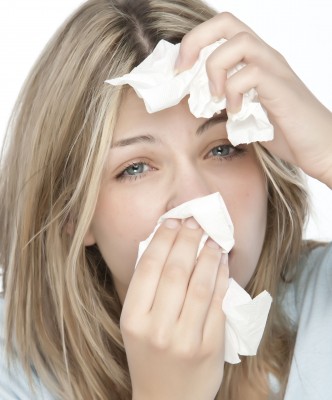 Are you tired of the endless sniffles and embarrassing nasal drips that escape during important meetings and romantic dinners? Do you long for the day when you can breathe freely without reaching for a box of tissues? Well, we have exciting news for you!
Are you tired of the endless sniffles and embarrassing nasal drips that escape during important meetings and romantic dinners? Do you long for the day when you can breathe freely without reaching for a box of tissues? Well, we have exciting news for you!
SLOWtox is a medical treatment that involves injecting small amounts of Botox into your nasal cavity. While the idea of injecting Botox into your nose may seem bizarre, it’s actually a medically sound approach.
If you are thinking, how on earth does Botox dry up a drippy schnoz? Well, here’s the science behind the medical miracle of SLOWtox: tiny amounts of the toxin are injected into strategic areas in your nose, targeting the very glands responsible for producing excessive mucus. By temporarily paralyzing these glands, the release of a chemical called acetylcholine is blocked as are the nerve impulses to the glands that produce mucus. This treatment temporarily puts an end to the relentless waterfall that can flow from your nostrils, allowing you to face the world with your nose held high!
In a world where Botox seems to be the answer to all of life’s problems—facial wrinkles, excessive sweating, migraines, and even overactive bladder—Botox has also been shown to be effective in reducing nasal secretions in people with conditions such as allergic rhinitis and chronic rhinosinusitis.
If you are considering SLOWtox, Dr. Yagoda suggests that you should first consult with a qualified ear, nose and throat surgeon to address any structural problems that may contribute to your symptoms. If SLOWtox is right for you, you will need a trained physician to determine the appropriate dosage for your individual needs.
Like any medical treatment, SLOWtox isn’t without its potential risks and side effects. Some people may experience mild pain, swelling, or bruising at the injection site, while others may experience temporary changes in their sense of smell. However, these side effects are generally mild and temporary, and most people are able to resume their normal activities immediately after the procedure.































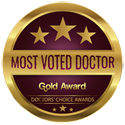

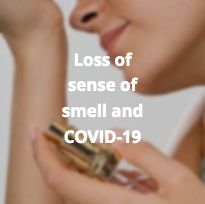 Sudden loss of smell was recognized as one of the earliest and most reliable predictors of COVID-19. In fact, over 75% of those afflicted with COVID-19 experienced complete or partial smell loss.
Sudden loss of smell was recognized as one of the earliest and most reliable predictors of COVID-19. In fact, over 75% of those afflicted with COVID-19 experienced complete or partial smell loss. Didn’t anyone tell it to target COVID-19 not facial filler!
Didn’t anyone tell it to target COVID-19 not facial filler! We all know it happens. But, at the pinnacle of success, it seems even more incomprehensible. Sabotage by another woman? Why? We trained hard. We are that good. We’ve even earned the respect of male colleagues. So why the full-on strike in the face?
We all know it happens. But, at the pinnacle of success, it seems even more incomprehensible. Sabotage by another woman? Why? We trained hard. We are that good. We’ve even earned the respect of male colleagues. So why the full-on strike in the face?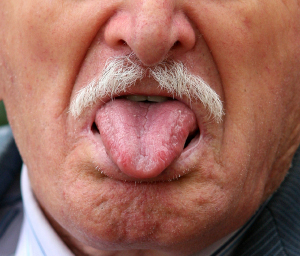 Tongue brushes and scrapers can be used to treat physiologic halitosis. They are favored by halitophobic patients. The origin of physiological halitosis is often
Tongue brushes and scrapers can be used to treat physiologic halitosis. They are favored by halitophobic patients. The origin of physiological halitosis is often 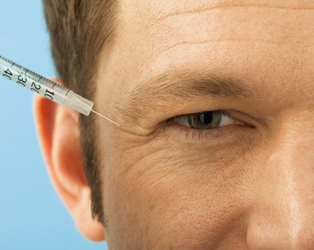 Can something as good as Botox get even better?
Can something as good as Botox get even better?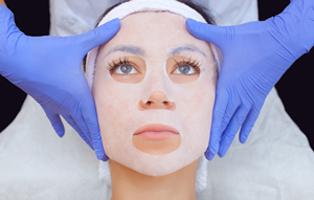 You can’t skim social media or browse a beauty blog without encountering the sheet mask. But, just how valuable are they? Dr. Yagoda unmasks the myth of the sheet mask…
You can’t skim social media or browse a beauty blog without encountering the sheet mask. But, just how valuable are they? Dr. Yagoda unmasks the myth of the sheet mask… Green tea and matcha lattes sure taste good. But did you know that they have aesthetic benefits, too? Epigallocatechin gallate (EGCG) is an active ingredient of green tea, a natural compound, and popular antioxidant. Antioxidants prevent the oxidative damage that comes from environmental and sun exposure. Theoretically, they can stop brown spots and skin cancers in their tracks! Unfortunately, they are less effective as anti-aging and wrinkle reducing treatments.
Green tea and matcha lattes sure taste good. But did you know that they have aesthetic benefits, too? Epigallocatechin gallate (EGCG) is an active ingredient of green tea, a natural compound, and popular antioxidant. Antioxidants prevent the oxidative damage that comes from environmental and sun exposure. Theoretically, they can stop brown spots and skin cancers in their tracks! Unfortunately, they are less effective as anti-aging and wrinkle reducing treatments. Toners are widely known as an important
Toners are widely known as an important